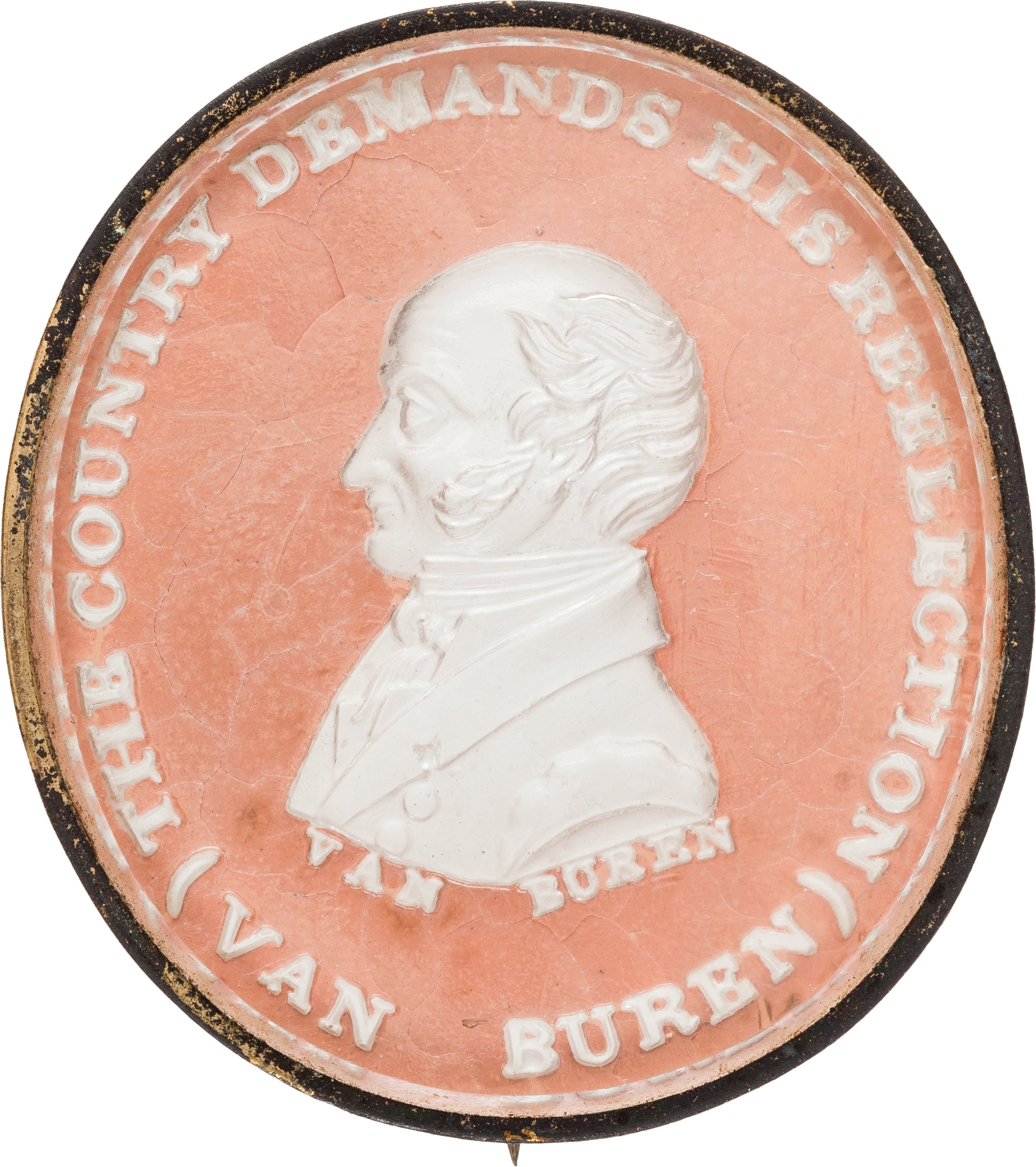
By Jim O’Neal
Martin Van Buren achieved the unique distinction of holding the offices of state senator and attorney general of New York, U.S. senator, governor of New York, U.S. secretary of state, vice president and then president.
However, he was never able to win popular support for himself or his policies at the national level.
The nation’s first major economic depression, the Panic of 1837, was undoubtedly the primary cause for undermining his popularity, although he was not responsible for the causation. Nearly a century later, another president, Herbert Hoover, would suffer nearly the same unfortunate fate.
Van Buren was the first president to be born an American citizen (1782) and he became adroit at behind-the-scenes political maneuvers. Yet, the general impression of him was that he was snobbish, autocratic and a conniver (“The Fox”). Van Buren became an obvious target for the poison darts of the Whigs as they characterized him as the antithesis of Andrew Jackson’s common-man philosophy.
Van Buren did little to combat criticism of this kind and in some respects even seemed to encourage it in his use of the White House. Adverse comments on the high style of living and aristocratic pretension in the WH increased each year of his presidency. By 1840, newspaper slurs on Van Buren as a princely pretender escalated and the continuing agony of the Panic made good copy in the Whig press.
On the afternoon of April 14, 1840, the House of Representatives sat as a committee to hear a prepared address by Charles Ogle, a Whig from Somerset, Pa., on the subject of President Van Buren and his “palatial” White House. One of the president’s supporters refuted the allegation, but then Ogle unleashed a dramatic rebuttal. This time he kept the house floor for three days and by the second day, the galleries were packed with spectators. This highly unusual attack made Ogle famous and printed copies of his remarks were circulated, first around the Capitol and then nationally by most newspapers. It was a devastating indictment of a president.
Martin Van Buren was too seasoned a politician to lose his temper, but his detachment from the storm of protest against him by the Whigs surprised even his closest friends.
When it came time for the 1840 election, the Whigs took a cue from the Jacksonians of 1828 and drafted a common-man hero – General William Henry Harrison. By then, sentiment had turned against Van Buren and he was defeated. A record number of citizens voted, 2.5 million, with Van Buren losing by 150,000. In the Electoral College, it was worse, with Harrison capturing 19 of the 26 states.
For all the bitterness of the campaign, Van Buren was determined not to be a poor loser. He not only witnessed Harrison’s oath-taking, but was among the first to shake his hand. The “Little Magician” offered every courtesy, gaining the admiration of a skeptical press. He left Washington by train. However, it was not his intention to be gone forever. He would try to regain the presidency in the next two elections.
Despite his efforts, he would never live in the White House again.
 Intelligent Collector blogger JIM O’NEAL is an avid collector and history buff. He is President and CEO of Frito-Lay International [retired] and earlier served as Chairman and CEO of PepsiCo Restaurants International [KFC Pizza Hut and Taco Bell].
Intelligent Collector blogger JIM O’NEAL is an avid collector and history buff. He is President and CEO of Frito-Lay International [retired] and earlier served as Chairman and CEO of PepsiCo Restaurants International [KFC Pizza Hut and Taco Bell].
